Microbe Collection
Ongoing – (See Cards)…
This set simply aims to collect “microorganisms” as loosely as defined as those species that are multicellular, singled cell or smaller (essentially SCALE value of 3 or less). Given the incredible diversity and abundance of species in this category, the Phylo project is hopeful that this collection will grow to represent this important part of biodiversity.

Water Pollution
Event card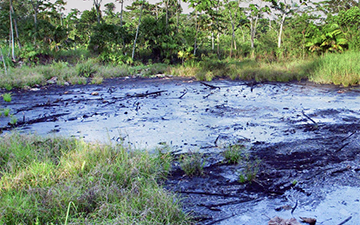
Play: Place this card on any ocean or freshwater based SPECIES card.
Effect: The SPECIES card is IMMEDIATELY discarded.

Lepocinclis
Leponcinclis genus

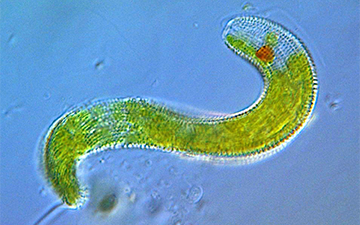
2 POINTS
Play: Leponcinclis has a MOVE of 1, and is considered both a MIXOTROPH.
Fact: Leponcinclis is photosynthetic but can also feed off smaller pond organisms.

Netrium
Netrium genus

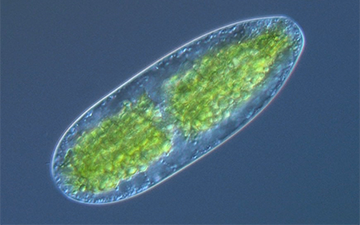
2 POINTS
Play: Netrium is considered an AUXOTROPH.
Fact: Netrium is an algae of the desmid family.

Nassula
Nassula species

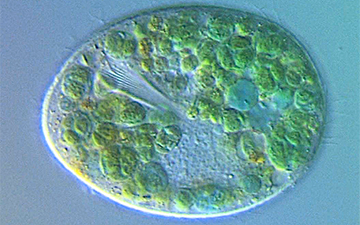
4 POINTS
Play: Nassula has a MOVE of 1, and is considered a HETEROTROPH
Fact: Nassula possesses a basket like feeding apparatus which looks like a group of straight lines.

Korotnevella
Korotnevella genus

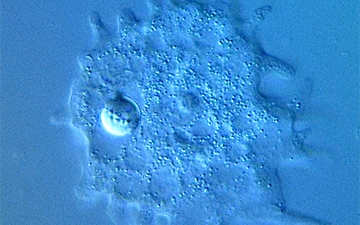
4 POINTS
Play: Korotnevella has a MOVE of 1,and is considered an HETEROTROPH
Fact: Ciliates are characterized by the presence of hair like organelles called cilia.

Hyalotheca
Hyalotheca genus

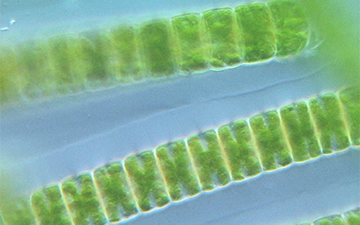
2 POINTS
Play: Hyalotheca is considered an AUXOTROPH.
Fact: Hyalotheca are a genus of filamentous green algae.